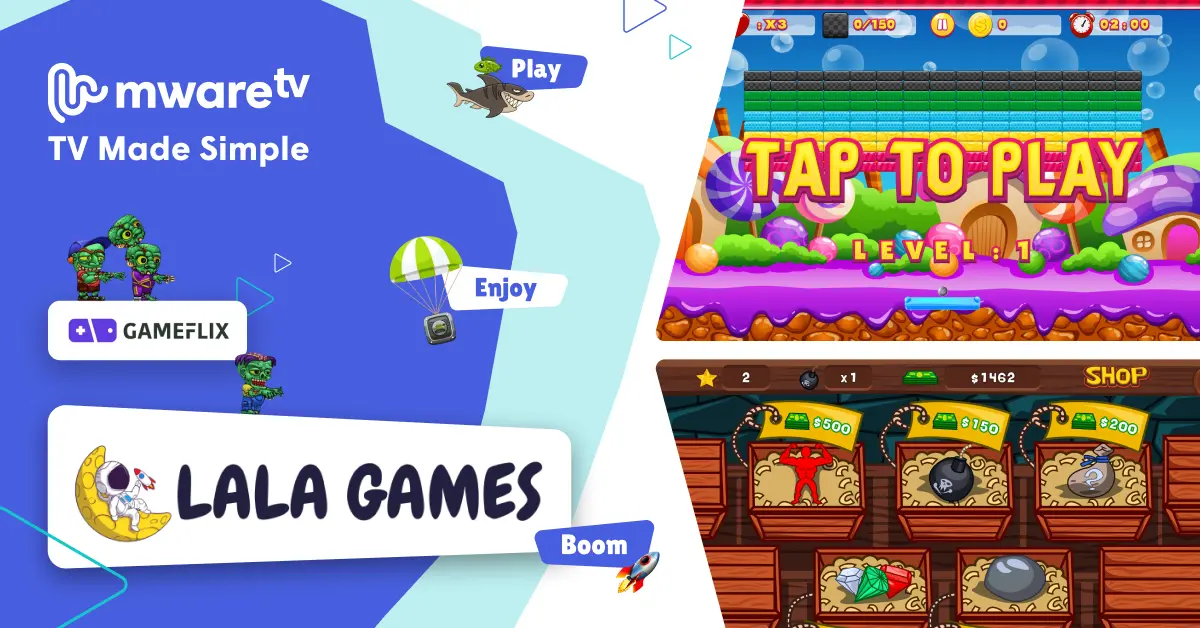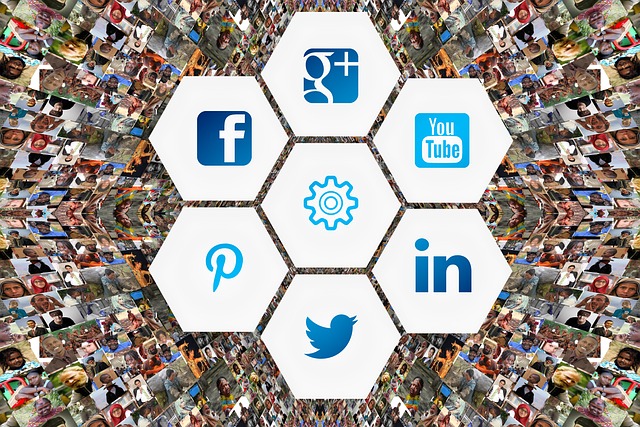
From TV to Mobile: How Multi-Platform Apps Elevate User Experience

Television consumption has undergone a seismic shift in the past 20 years, transitioning from the confines of traditional TV screens to the boundless realm of mobile platforms. This transformation is not merely a technological advancement, but a reflection of the evolving needs and preferences of modern viewers.
In this article, we’ll explore the significance of this shift, emphasizing theimportance of user experience. Additionally, we’ll delve into the game-changing role of multi-platform apps in enhancing this experience, with real-world examples to illustrate their impact on user engagement and satisfaction.
The Paradigm Shift from Traditional TV to Mobile Platforms
It’s evident that we’ve entered a new era of digital media consumption. The traditional television experience, with its scheduled programming and limited customization, is quickly becoming a thing of the past. Instead, viewers are turning towards mobile platforms, craving more control over their media consumption.
One reason for this shift is convenience. In today’s fast-paced world, people need flexibility in when and where they consume content. With mobile platforms like MwareTV’s solution, you can watch your favorite show on your morning commute or catch up on news during lunch breaks – it lets you make use of every spare moment.
Beyond just convenience though, personalization plays a big role too. We’ve become accustomed to having services tailored to our tastes and preferences because who doesn’t love being recommended shows based on what they already enjoy?
The mobile revolution has democratized access to content, liberating viewers from the constraints of scheduled programming and physical locations. Smartphones and tablets have changed the way people interact with entertainment, allowing viewers to carry all their media in their pockets. This shift is driven by the desire for on-demand content, personalization, and the freedom to consume media whenever and wherever it suits them.
Understanding Multi-Template Branded Apps
The digital age has given rise to a new form of media consumption – multi-template branded apps. These are customizable applications that allow businesses to deliver their content on multiple platforms, ensuring an optimal user experience.
MwareTV, for instance, offers top-tier solutions in this space with its cloud middleware TV platform.
The key feature of these apps is flexibility; we let companies tailor the interface and functionality based on customer preferences and needs. By customizing the interface and functionality of each version, companies can provide users with unique experiences that are tailored to their preferences.
This versatility not only boosts viewer engagement but also increases satisfaction as users get access to content in ways most convenient for them. Think of it like having several television channels all customized to your liking.
The Role of User Experience in Mobile Media Consumption
Imagine you’re sipping your morning coffee, phone in hand. You tap an app to catch up on the latest shows. Instead of finding the perfect drama to lose yourself in, you find a tangled mix of unappetizing genres that you wouldn’t watch in a million years. Before you know it, the coffee is gone and didn’t even find one episode of something to try! You probably wouldn’t keep using that app.
That’s where user experience (UX) steps into the spotlight. A great UX lets viewers enjoy their favorite content without any hiccups. It makes sure they can easily find what they want and start watching immediately.
This is exactly why MwareTV focuses heavily on creating intuitive and seamless interfaces for its multi-template branded apps. We understand that user satisfaction is not just about having diverse content but also how easy and enjoyable it is to access this content.
- User-friendly design encourages viewer engagement.
- Simplified navigation boosts customer satisfaction.
- A personalized interface helps users feel connected to the platform.
How Multi-Template Branded Apps Enhance User Experience
The rise of multi-template branded apps, like those from MwareTV, has dramatically improved the user experience in mobile media consumption. Our unique features and customization options let users feel a sense of personal connection with their content.
A key aspect that enhances this experience is the adaptability of these applications. They are designed to cater to individual preferences, which means they adjust according to your viewing habits and interests. This level of personalization takes user engagement up several notches.
Moreover, MwareTV’s offerings provide an intuitive interface for effortless navigation. The less time expended in working out the technicalities, the more time available for delight. Ultimately, these factors make sure multi-template branded apps serve as a catalyst in enhancing viewer satisfaction and promoting increased usage – leading us towards a new era in mobile media consumption.
Enhancing User Engagement: Real-World Examples
Netflix: The Netflix app is a prime example of a multi-platform powerhouse. Whether on a smart TV, tablet, or smartphone, the experience remains cohesive. Users can seamlessly transition from one device to another, picking up where they left off, thus maintaining engagement.
Spotify: Music streaming giant Spotify has mastered the art of multi-platform continuity. A user can start listening on their desktop, switch to their mobile device, and then to a smart speaker, all without missing a beat. This level of flexibility encourages prolonged engagement.
Adobe Creative Cloud: Catering to the needs of creative professionals, Adobe’s suite of applications seamlessly integrates across desktops, tablets, and smartphones. This enables users to work on projects regardless of their location or device, fostering a productive and engaged creative community.
Elevating User Satisfaction
Multi-platform apps not only offer convenience but also elevate user satisfaction. They cater to individual preferences and lifestyles, accommodating those who prefer to consume content on-the-go, as well as those who relish the traditional home theater experience. This versatility leads to higher user retention and increased overall satisfaction.
Conclusion
The shift from traditional TV to mobile platforms is a prime example of a digital revolution that prioritizes accessibility, personalization, and on-demand consumption. Central to this transition is the user experience is the success of mobile platforms. Multi-platform apps serve as the cornerstone, seamlessly unifying the viewing experience across devices. The examples of Netflix, Spotify, and Adobe Creative Cloud illustrate how this approach translates into elevated user engagement and satisfaction.
As we venture further into the digital age, the mobile revolution and the prominence of multi-platform apps are set to define the future of entertainment consumption. Embracing this shift not only ensures the continued relevance of content providers but also enriches the viewing experience for audiences worldwide.
Read our related article on how THEOplayer’s integration within MwareTV’s custom branded apps ensures effortless onboarding without the need for coding.



